
The third instalment of Denis Villeneuve’s adaptation of Frank Herbert’s Dune book series has officially got a title, and fans and critics alike have some questions about the choice.
For the uninitiated, the first two Dune films are based on the first novel in Herbert’s seminal sci-fi series of the same name. It has, until now, been expected that the third instalment would be based on Herbert’s next novel in the series, Dune Messiah. But owing to the fact that the movie will not share the same name, fans have questioned whether it will draw on the novel at all or if it’ll be an adaptation of the third book, Children of Dune.
Titled Dune: Part 3 and reportedly in production already, it’s expected that Timothée Chalamet and Zendaya will reprise their leading roles. With a scheduled release date of 16 December 2026, we’ve got a while to wait. But luckily, if the anticipation is getting too much, you can kickstart your Dune reading voyage.
With 23 titles to get your teeth stuck into, there are a few ways you can tackle it – and we’re here to help. Firstly, you could choose to read the books in the order that they were published, or you could pick them up in chronological order. And, of course, you can also just read the first book as a standalone and stop there, if you wish.
‘Dune’ by Frank Herbert, published by Hodderscape: £7.99, Amazon.co.uk
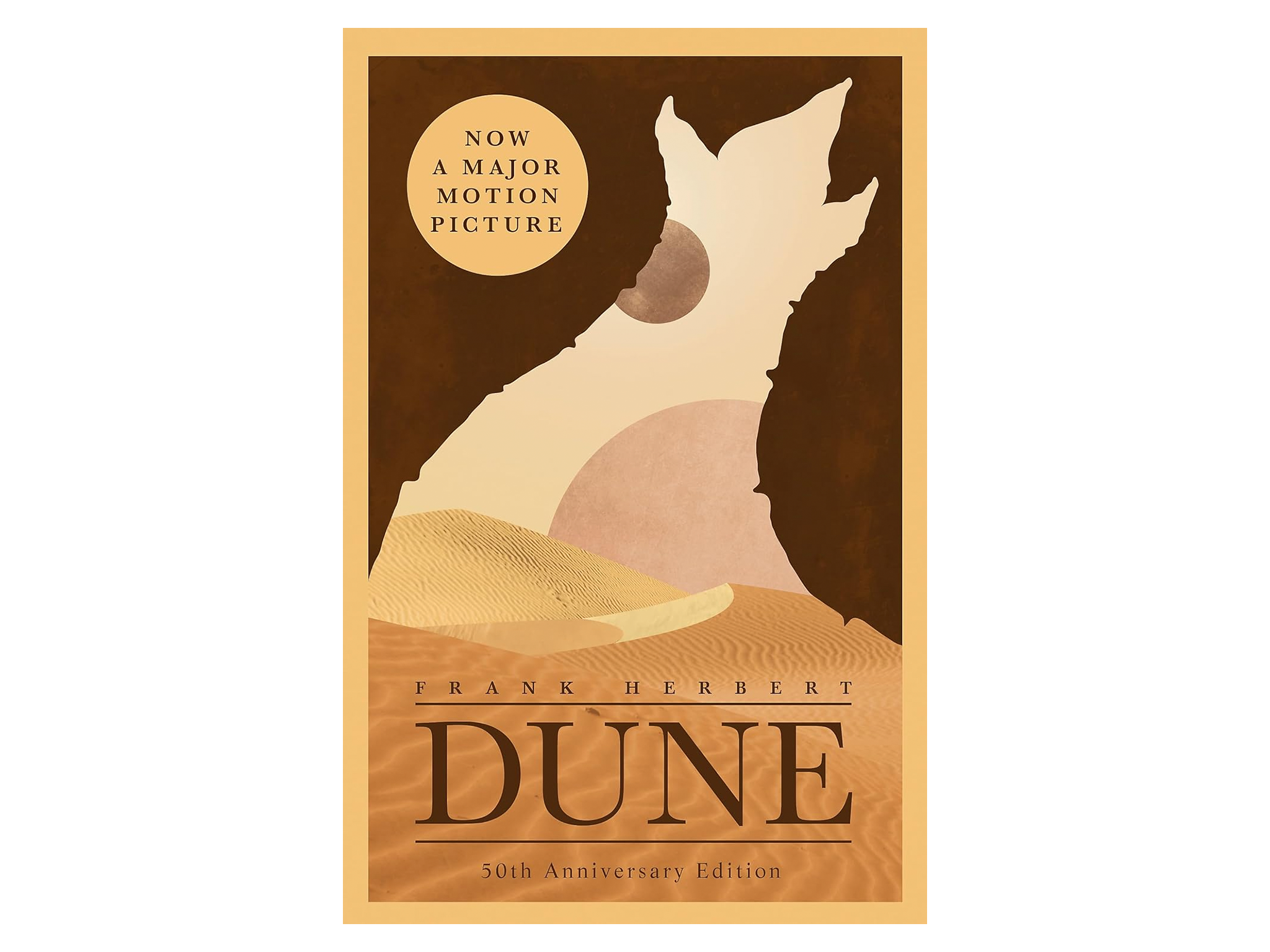
Published in August 1965, the first book in the Dune series introduces us to Arrakis, an inhospitable desert planet. Here, rival factions are vying for a precious, psychedelic drug called “spice” – created by enormous sandworms, this coveted substance can extend human life and enhance consciousness. Expect to explore themes of religion, technology, and our relationship with our environment in this seminal sci-fi tome.
‘Dune Messiah’ by Frank Herbert, published by Hodder Paperbacks: £8.97, Amazon.co.uk

The second book of Herbert’s Dune saga, Dune Messiah, was published in 1969. Following the conflict in the first book, House Harkonnen has been defeated, and Paul Atreides – now named Muad’Dib – is the immensely powerful emperor of planet Arrakis. But with unrest still raging across the universe, he must deal with the threat of being dethroned, and hopes to lead mankind to a future less doomed. This is the title that the third film is expected to be based on.
‘Children of Dune’ by Frank Herbert, published by Gollancz, £7.40, Amazon.co.uk
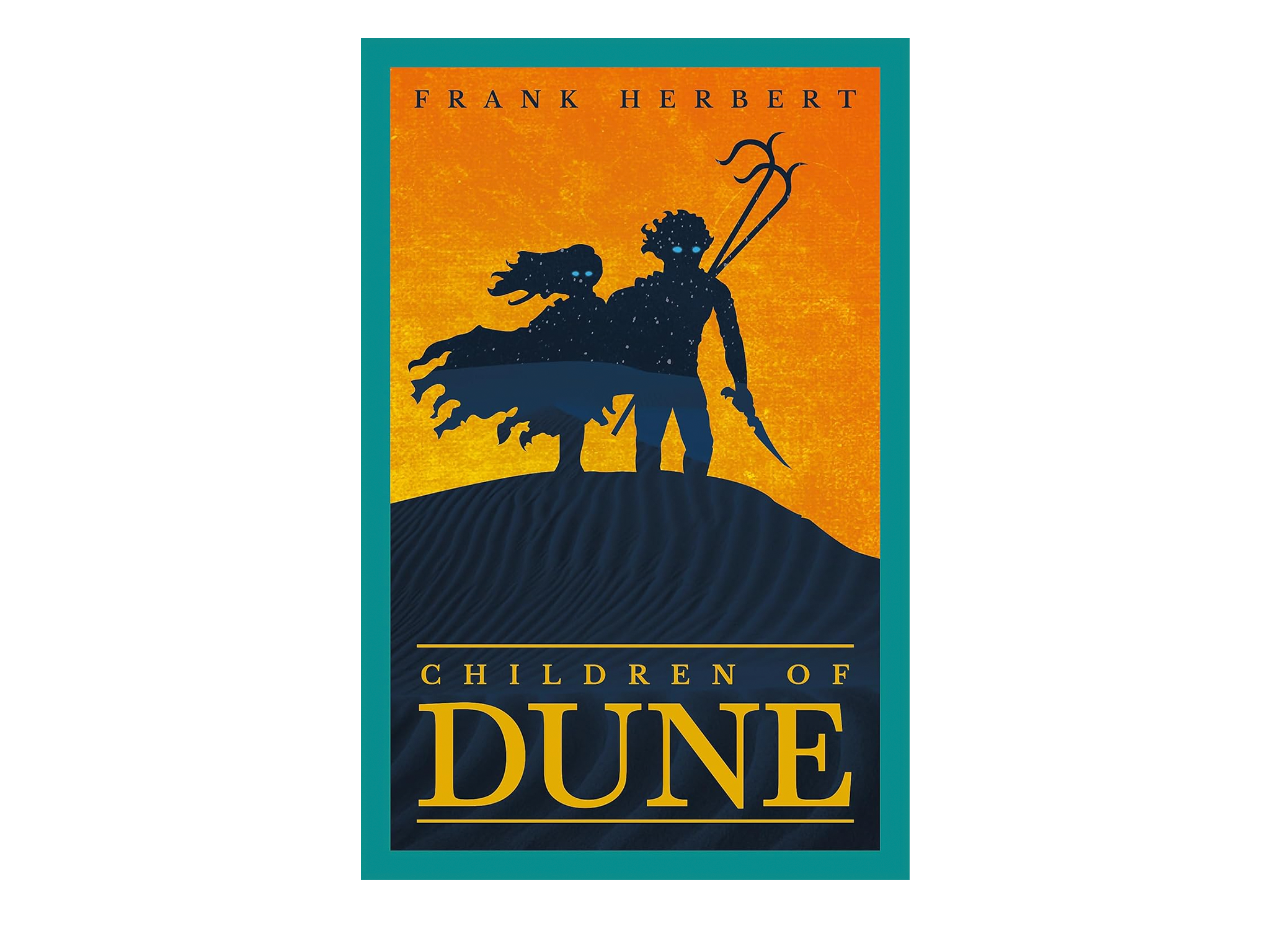
The third book of the series is Children of Dune, published in April 1976. It’s nearly a decade since Paul Atreides has vanished, lost to the barren Arrakis deserts, with no reason. His two children, twin siblings Leto and Ghanima Atreides, are able to foretell events. This is a prophetic skill which their aunt Alia, the new ruler of the empire, hopes will help her to hold down her reign, while she faces uprisings and treason, and a revolt, led by a mystifying figure, “The Preacher”.
‘God Emperor of Dune’ by Frank Herbert, published by Gollancz: £7.45, Amazon.co.uk
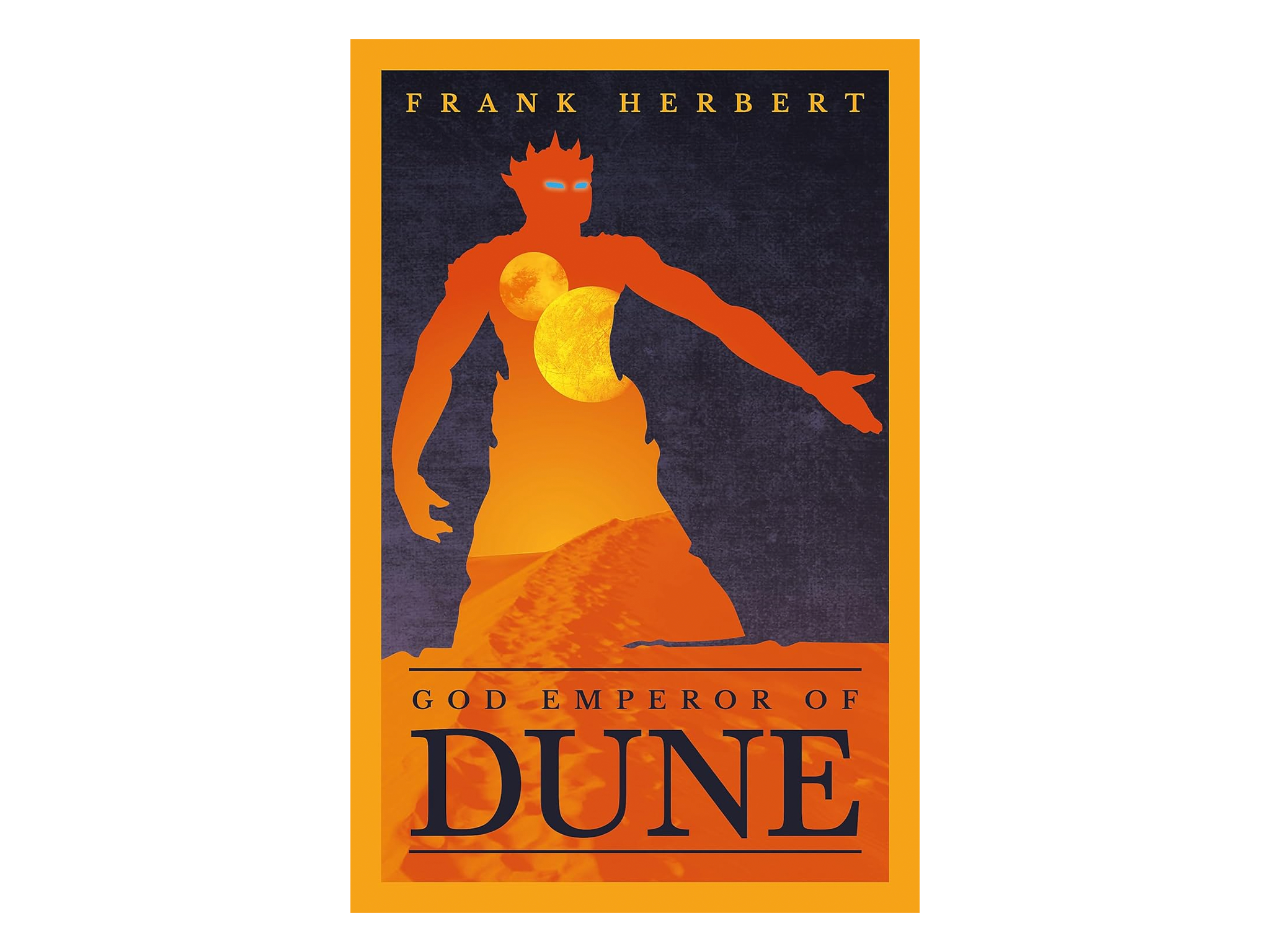
Herbert’s sci-fi epic continues with God Emperor of Dune, the fourth book of the series, published five years after Children of Dune, in 1981. We’re now thousands of years on, in the wake of the happenings of Children of Dune. Paul Muad’Dib’s son Leto, the God Emperor of Dune, is now almost immortal, but at the cost of his human morality. In a bid to preserve the human species, which he knows to be doomed unless they follow his plan, “The Golden Path”, he becomes a tyrannical ruler, and an uprising ensues. The plot explores themes of politics, total power and the human condition.
‘Heretics of Dune’ by Frank Herbert, published by Gollancz: £7.78, Amazon.co.uk
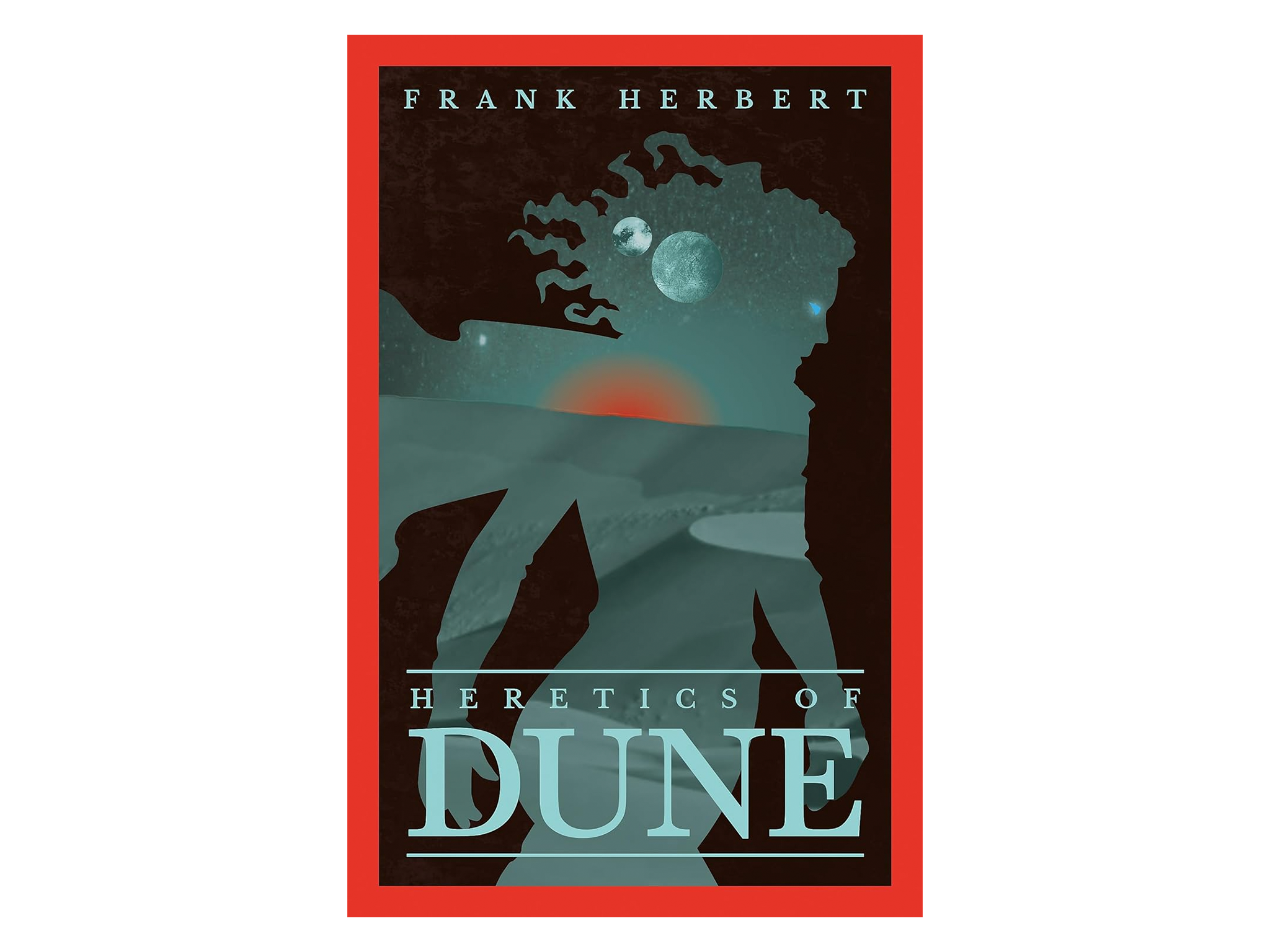
Published in 1984, the penultimate book in Herbert’s six-book original Dune series is Heretics of Dune. Hundreds of years on from the previous book’s events, planet Arrakis (which is now called Raki) is thriving no longer, now barren and desolate once again. Many people left as civilisation collapsed, but now, they’re back, fighting for whatever is left. Featuring a supernatural sisterhood called the Bene Gesserit, and a girl named Sheeana, who can control Arrakis’s sandworms, the book touches on religious themes.
‘Chapterhouse: Dune’ by Frank Herbert, published by Gollancz: £6.82, Amazon.co.uk
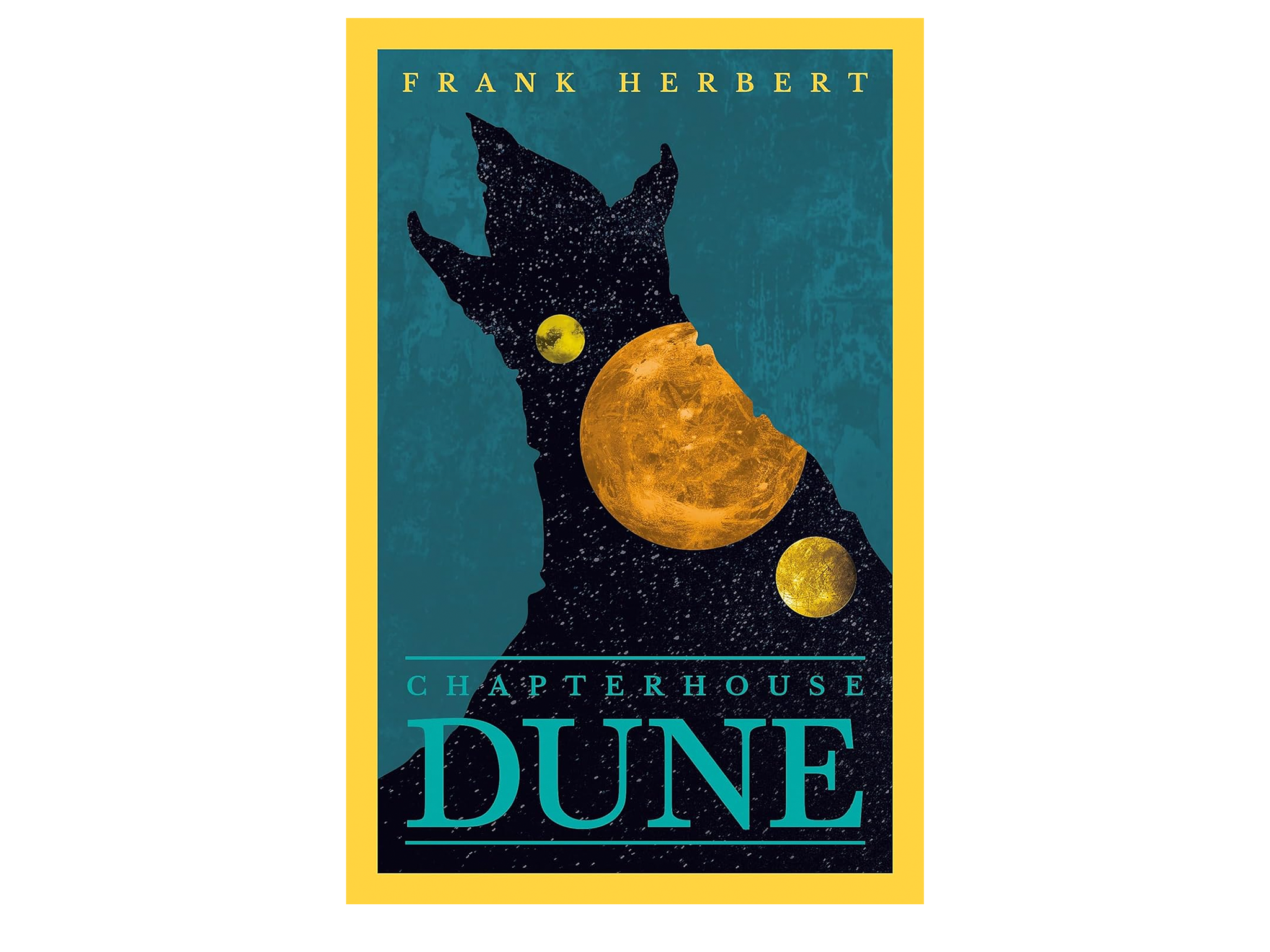
That brings us to the final novel in Frank Herbert’s six-book series, Chapterhouse: Dune, which was published in March 1985. Arrakis lies in ruin, and a violent matriarchal cult called Honored Matres has been chasing supreme power, conquering every planet and faction to get it. The novel’s name refers to the planet Chapterhouse, a secret base for the mystical sisterhood Bene Gisserit, as the group won’t be giving up so easily, with the spice-producing sandworms at their disposal.
How to read the Dune series in order of publication:
- Dune (1965)
- Dune Messiah (1969)
- Children of Dune (1976)
- God Emperor of Dune (1981)
- Heretics of Dune (1984)
- Chapterhouse: Dune (1985)
- House Atreides (1999)
- House Harkonnen (2000) House Corrino (2001)
- The Butlerian Jihad (2002)
- The Machine Crusade (2003)
- The Battle of Corrin (2004)
- Hunters of Dune (2006)
- Sandworms of Dune (2007)
- Paul of Dune (2008)
- The Winds of Dune (2009)
- Sisterhood of Dune (2011)
- Mentats of Dune (2014)
- Navigators of Dune (2016)
- The Duke of Caladan (2020)
- The Lady of Caladan (2021)
- The Heir of Caladan (2022)
- Princess of Dune (2023)
How to read the Dune series in chronological order:
- The Butlerian Jihad (2002)
- The Machine Crusade (2003)
- The Battle of Corrin (2004)
- Sisterhood of Dune (2011)
- Mentats of Dune (2014)
- Navigators of Dune (2016)
- House Atreides (1999)
- House Harkonnen (2000)
- House Corrino (2001)
- Princess of Dune (2023)
- The Duke of Caladan (2020)
- The Lady of Caladan (2021)
- The Heir of Caladan (2022)
- Dune (1965)
- Paul of Dune (2008)
- Dune Messiah (1969)
- The Winds of Dune (2009)
- Children of Dune (1976)
- God Emperor of Dune (1981)
- Heretics of Dune (1984)
- Chapterhouse: Dune (1985)
- Hunters of Dune (2006)
- Sandworms of Dune (2007)







